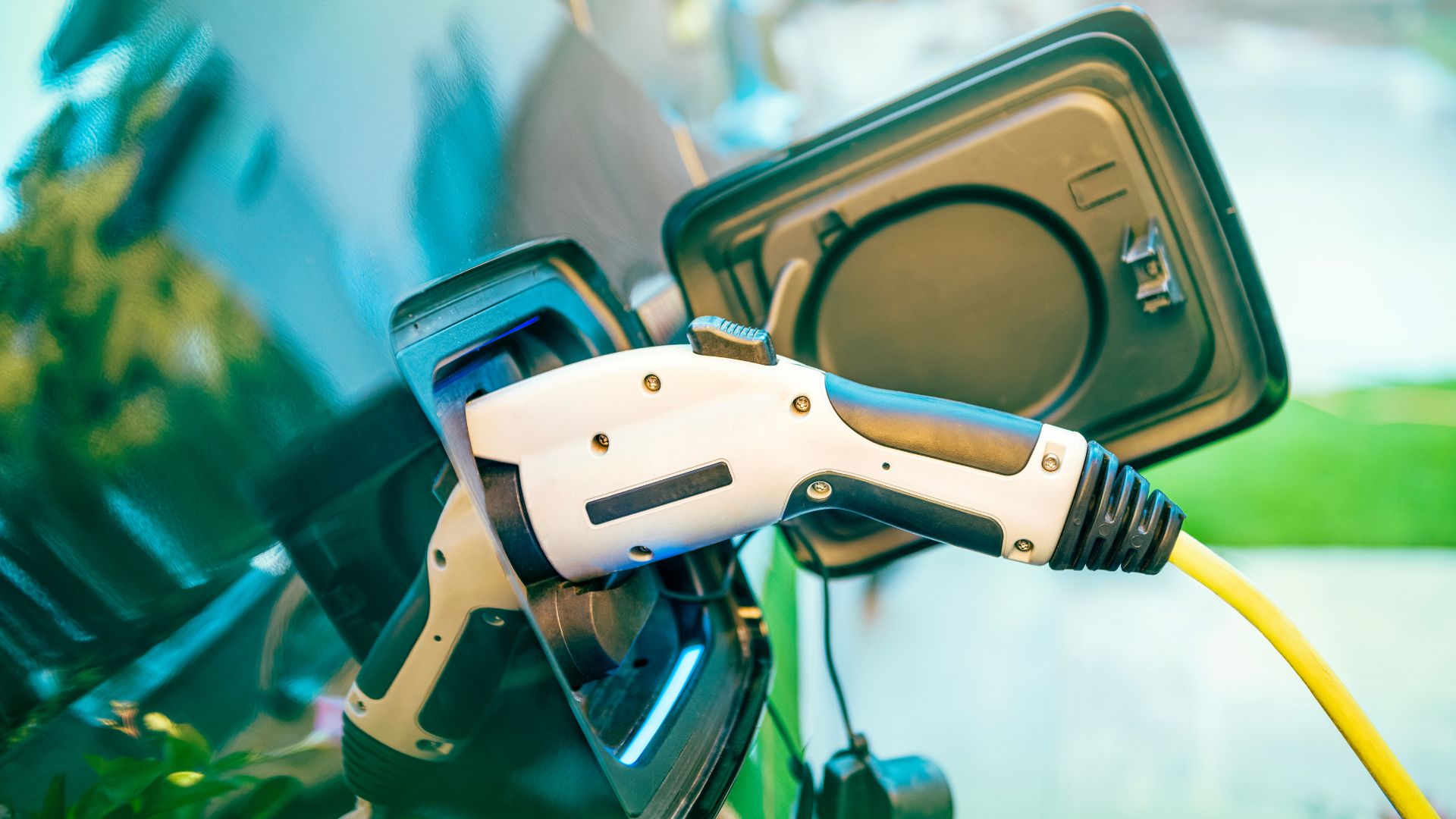Introduction
Innovation has long been a catalyst for progress, shaping industries and driving technological advancements. From scientific breakthroughs to disruptive technologies, the pursuit of innovation has transformed how we live and work. Research and development (R&D) is key to this progress as the foundation for discovering new ideas and refining existing technologies.
Artificial intelligence (AI) is now redefining the R&D landscape. The era when R&D depended solely on human intellect and labor-intensive methodologies is evolving. AI has introduced new efficiencies, enabling machines to complement human researchers, accelerate discoveries, and uncover insights that might otherwise go unnoticed.
This article delves into AI's transformative role in R&D, examining how it reshapes innovation, its benefits, and the challenges organizations must navigate. We will also explore real-world applications, igniting our excitement about AI's potential to revolutionize industries and solve complex problems.
Traditional R&D vs. AI-Driven R&D
R&D has historically relied on human expertise, intuition, and structured methodologies to drive scientific and technological advancements. However, the integration of AI has introduced a paradigm shift, optimizing research processes, accelerating analysis, and uncovering new insights. The following table highlights key distinctions between traditional R&D and AI-driven R&D:
|
Aspect
|
Traditional R&D
|
AI-Driven R&D
|
|---|---|---|
|
Data Analysis
|
Manual data collection and analysis
|
AI-driven automated data processing
|
|
Speed
|
Slower due to manual workflows
|
Rapid experimentation and optimization with AI
|
|
Cost
|
Resource-intensive, requiring significant investment
|
Cost-effective due to automation and efficiency
|
|
Decision-Making
|
Based on human expertise and intuition
|
AI-powered data-driven insights
|
|
Innovation
|
Relies solely on human creativity
|
AI enhances human ingenuity by uncovering hidden patterns
|
|
Error Reduction
|
Prone to human bias and errors
|
AI minimizes errors through precise data processing
|
|
Knowledge Discovery
|
Dependent on domain experts
|
AI autonomously detects trends and relationships in vast datasets
|
|
Scalability
|
Constrained by resources and time
|
Scalable, allowing large-scale research and analysis
|
|
Experimentation
|
Limited by human capacity
|
AI-driven simulations accelerate hypothesis testing
|
|
Intellectual Property
|
Focus on protecting human-generated inventions
|
Raises questions on AI-generated IP and ownership
|
|
Human Involvement
|
Fully reliant on researchers
|
AI assists but requires human oversight for strategic decision-making
|
|
Serendipity
|
Chance discoveries may occur
|
AI can detect unexpected insights that humans may overlook
|
|
Ethical Considerations
|
Human decision-making may introduce bias
|
AI ethics involve concerns like transparency, bias, and data privacy
|
AI is not replacing traditional R&D but rather an enabler that enhances existing methodologies. Integrating AI with conventional research processes allows for more efficient problem-solving, better decision-making, and accelerated innovation.
The Impact of AI on Innovation
The influence of AI on R&D spans multiple industries, fundamentally altering how research is conducted and innovations are developed. Below are some of the most significant ways AI-driven R&D is advancing innovation:
- Accelerated Discovery: AI processes vast datasets at unprecedented speeds, recognizing patterns and correlations that human researchers might miss.
- Enhanced Decision-Making: AI-powered analytics refine decision-making by providing data-driven insights, whether in finance, pharmaceuticals, or engineering.
- Productivity Gains: AI automates repetitive and time-consuming tasks, freeing researchers to focus on strategic and creative problem-solving.
- Personalization: AI enables the development of tailored products and services by analyzing user preferences and behavioral trends.
- Breakthrough Innovations: AI-driven advancements have created technologies such as autonomous vehicles, virtual assistants, and AI-powered drug discovery tools.
- Operational Efficiency: AI streamlines R&D processes, optimizing workflows and resource allocation while reducing costs.
- Data-Driven Insights: AI helps researchers extract meaningful insights from complex data, improving market strategies and scientific discoveries.
Despite its numerous advantages, AI-driven R&D also introduces challenges that organizations must address to maximize its benefits.
Challenges of AI-Driven R&D
While AI presents opportunities for transforming R&D, its adoption comes with several challenges:
- Data Quality and Availability: AI models require vast amounts of high-quality data. Acquiring comprehensive and unbiased datasets can be difficult in specific industries.
- Algorithmic Bias: AI systems can inadvertently reinforce biases in their training data, leading to unintended consequences. To mitigate bias, careful curation and continuous refinement of datasets are necessary.
- Interpretability and Transparency: Some AI models, intense learning neural networks, operate as 'black boxes,' meaning their decision-making processes are not easily explainable. This lack of transparency can pose challenges in fields requiring accountability, such as healthcare and finance, as it may be difficult to understand how the AI arrived at a particular decision.
- Ethical Considerations: The deployment of AI in R&D raises ethical concerns related to data privacy, security, and the responsible use of AI-generated insights. Organizations must prioritize transparency, fairness, and compliance with regulatory standards.
- Human-AI Collaboration: Integrating AI into R&D requires seamless collaboration between human experts and AI systems. AI should serve as a tool for augmentation rather than full automation, ensuring that human expertise remains central to decision-making.
- Generalization and Adaptability: AI models trained for specific tasks may struggle to adapt to new scenarios. Ensuring model flexibility and adaptability across domains is essential for their long-term effectiveness.
- Continuous Learning: AI in R&D should evolve alongside discoveries, requiring mechanisms for real-time updates and adaptive learning.
Addressing these challenges requires strong interdisciplinary collaboration among AI researchers, domain experts, policymakers, and ethicists. The goal should be to develop AI-driven R&D frameworks that are reliable, ethical, and beneficial to society, emphasizing the collective effort needed to overcome these challenges.
Conclusion
AI is reshaping the R&D landscape, introducing efficiencies, accelerating discovery, and unlocking new opportunities for innovation. By automating data analysis, optimizing experimentation, and enhancing decision-making, AI-driven R&D is revolutionizing how industries approach research and development.
However, its adoption must be managed thoughtfully. Ethical concerns, algorithmic bias, and human-AI collaboration require careful consideration for responsible and effective implementation. The future of AI-driven R&D lies in leveraging AI's strengths while maintaining human oversight and strategic guidance.
Organizations that successfully integrate AI-driven research capabilities will be at the forefront of innovation as AI evolves, gaining a competitive advantage in an increasingly technology-driven world.
Talk to One of Our Experts
Get in touch today to find out about how Evalueserve can help you improve your processes, making you better, faster and more efficient.


